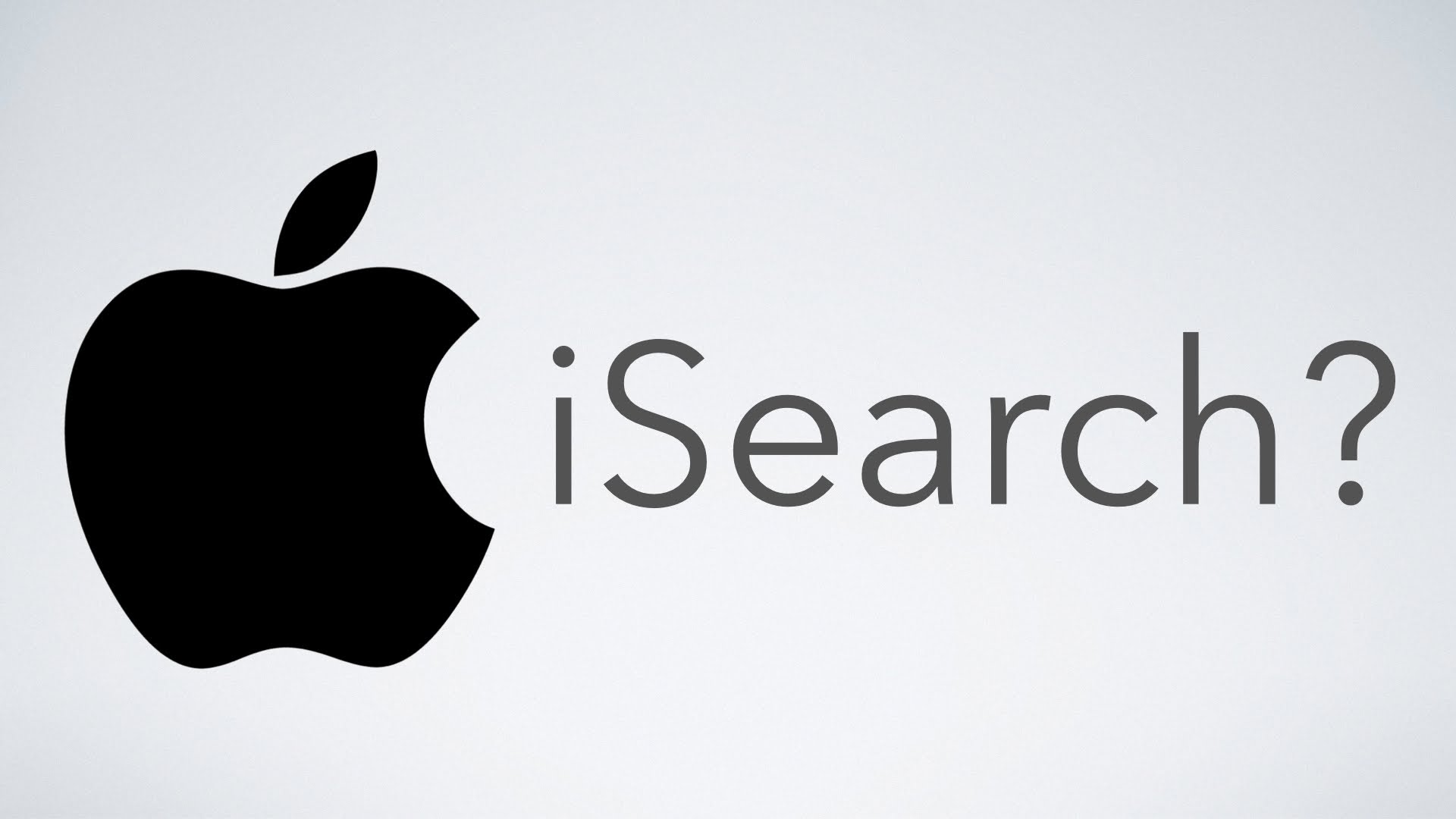
Is Apple Building its Own Online Search Platform
February 9, 2015
Google Offers Valuable Tips and Case Studies for Fixing Hacked Sites
February 23, 2015Can Mobile Push Notifications Attract More Engagement than Marketing Emails
If you are a smartphone user, then you are familiar with push notifications that pop up on your mobile screen when you have installed apps such as Facebook, your favorite news sites, your bank, or any other third-party mobile app. Basically, there are two types of push notifications:
- The one that’s not informed by anything other than the fact that you have a mobile app, your notifications for that app are turned on, and the app developer decided it wants to send out a message.
- The second type is a smart one which is informed of the location of the user, proximity to someone, time of day, or triggered by an activity.
Over the last several years the number of these alerts has grown in volume and according to many industry experts, the amount of ‘spammy’ alerts will also increase. Based on a 2014 research report by localities, about 52 percent of smartphone users enable push messaging on their mobile device. Other interesting data from mobile automation firm Kahuna indicates that about 40 percent CTR can be garnered from the 40 million push notifications the company gathered. Even though these numbers are ridiculously high and will surely drop over time, most experts say that customers will be inclined to get more of their alerts through push messaging when compared to email.
Push vs. Email
Even though the traditional email marketing is still effective, online marketers need to find alternative ways to enhance their connection and engagement with their audiences. It is not necessary for every business need to have their own for brand promotional campaigns. There are other ways, such as using popular third-party apps such as Facebook, Apple Passbook, Pinterest, Instagram and Twitter, and these apps allows you to create messaging, and in some cases, location-specific. This will enable you to connect with your audience even without your own mobile app.
Another option for businesses, especially retailers can think of, using technologies such as Bluetooth low-energy (BLE), Wi-Fi grids, or beacons that allow for the delivery of in-store, relevant messaging to their customers. Some experts in the mobile marketing industry believe that push notifications may eventually replace email or at least succeed a large portion of it. One of the things that some online marketers must keep in mind is the fundamental rule of the “value exchange”.
While customers do like discounts and coupons and additional information about products/services, they do not like to be attacked by messages as they are walking down the street or through your store. Similar to email, where many online marketers may have to take extreme caution when and how they are communicating with their customers. One of the reasons why push messaging is so popular these days is because they are impossible to ignore, they are timely, and are usually more relevant as the application has more data to work with. Imagine a situation where hundreds of push notifications pop up on your mobile device in the course of few minutes and how quickly the “52 percent” of people that currently have notifications turned on will be persuaded to turn them off.
Keeping Your Push Messages Short and Sweet
Similar to the microblogging site Twitter, one of the main benefits of utilizing push notifications is need to keep the intended message short, simple and sweet. And in most cases these notifications are less graphical or lightly graphic. This will evolve over time but given the mobile screen size is small, there will always be some need to be concise, direct and provide an explicit connection to something else, whether it be a link, a image or a longer message.
When you are using push notifications beware of few risks involved which could pose issues as you maximize their use. Unlike email, push notifications may or may not show up on your laptop, smartphone and tablet, although if you are logged into an app with the login credentials on different mobile devices, you will see messages on both. Furthermore, even if you are sending an important service notification, users may ignore it or miss it if there are too many other push notifications that move them off the main screen.
In conclusion, with today’s mobile technology it is not possible to replace email marketing with push notifications completely, but they both can work in a complementary fashion with fewer emails being sent, especially for alert-type messages. Ironically, emails are somewhat similar to push notification, but given their less ephemeral nature and ability to be archived and searched, they have a longer expiry date than most.

